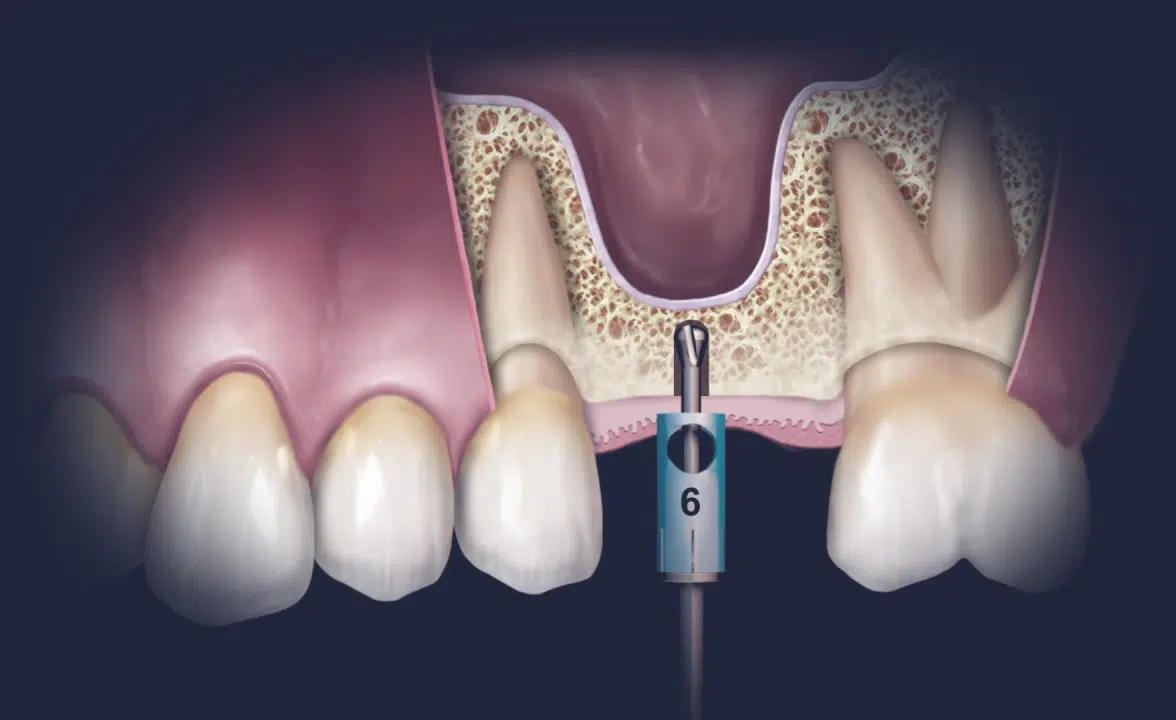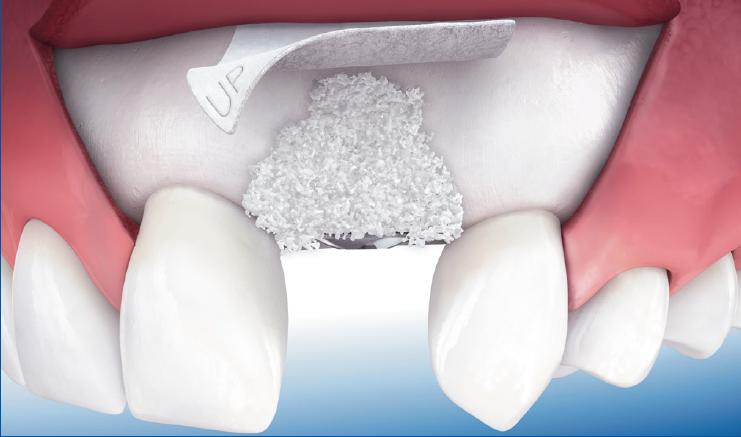Sinus Lift and Bone Augmentation

What is the Sinus Lift Procedure?
The sinus lift procedure, also known as sinus augmentation or sinus elevation, is a surgical process used to increase the height of the bone in the upper jaw, particularly in the sinus area. This procedure is often performed before placing dental implants, aiming to create enough space for successful implant integration into the jawbone.

How is the Sinus Lift Procedure Performed?
- Patient Preparation: The patient is usually given local anesthesia, and in some cases, general anesthesia may be used depending on the extent of the surgery.
- Incision and Sinus Membrane Elevation: The surgeon accesses the jawbone through a small incision. Subsequently, the sinus membrane is carefully lifted to create space for additional bone material.
- Insertion of Bone Material: Into the area beneath the sinus membrane, the surgeon inserts bone material. This material can be taken from the patient’s body (autograft), obtained from a bone marrow bank (allograft), or synthetic material.
- Closing the Incision: After the bone material is placed, the incision is carefully closed, and the patient is given postoperative care instructions.
What is Bone Augmentation?
Bone augmentation is a procedure aimed at increasing the density and volume of bone in the jaw. This is often necessary to enable the placement of dental implants or enhance support for prosthetics. Augmentation may involve adding bone material to the existing bone or lifting the bone level.

How is Bone Augmentation Performed?
- Evaluation and Planning: The dentist conducts a detailed analysis of the patient’s jaw through X-rays and other diagnostic methods to assess the need for augmentation.
- Patient Preparation: Similar to the sinus lift procedure, the patient is prepared for the procedure with anesthesia.
- Addition of Bone Material: Bone material, whether autogenous (from the patient), allogeneic (from a donor), or synthetic, is carefully placed in the desired location in the jaw.
- Integration of Bone Material: After the bone material is placed, time is needed for it to integrate with the existing bone. This may depend on the type of bone material and individual patient factors.
- Placement of Implants or Other Restorative Procedures: Once the bone is fully regenerated, the dentist can proceed with placing dental implants or other restorative procedures.
Why and When Are These Procedures Performed?
- Lack of Bone for Implants: The sinus lift procedure is often performed when more space is needed in the upper jaw for placing dental implants, and the existing bone is not tall enough.
- Loss of Bone due to Periodontal Diseases or Trauma: Bone augmentation may be necessary if the patient has experienced bone loss due to periodontal diseases, trauma, or prolonged use of dentures.
- Planning for Prosthodontics or Aesthetic Procedures: These surgeries are often performed when it is necessary to improve the jaw structure to achieve desired aesthetic results or support prosthetic rehabilitation.
- Individual Patient Needs: Each patient has unique anatomy and requirements. Sinus lift and bone augmentation are tailored to individual needs to provide the best solution for each individual.
In conclusion, sinus lift surgery and bone augmentation are complex surgical procedures performed to improve the function and aesthetics of the jaw. The decision to undergo these surgeries depends on the specific needs of the patient and the dentist’s diagnosis. These procedures enable patients to regain jaw functionality and a smile that will last for many years.